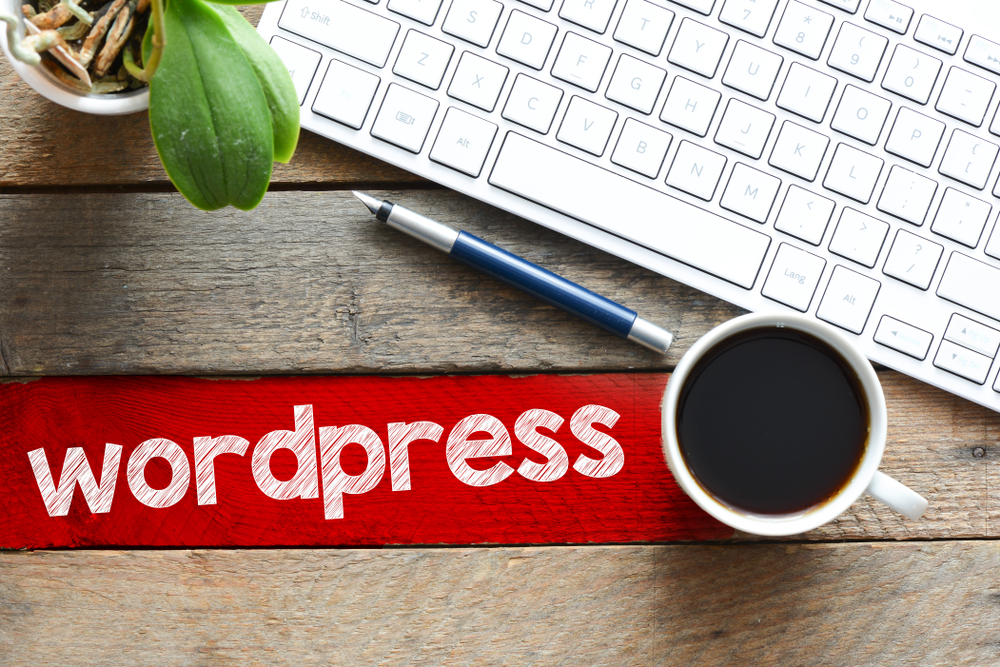
Creating a successful blog that attracts readers and keeps them engaged is no easy feat. It takes time, effort, and dedication to consistently produce high-quality content that resonates with your audience. Whether you're a seasoned blogger looking to up your game or a newbie just starting out, these tips and tricks will help you master the art of blogging and create content that keeps readers coming back for more.
Know Your Audience
One of the most important aspects of creating engaging content for your blog is knowing who your audience is. Take the time to research and understand the demographics, weblog site interests, and preferences of your target readers. This will help you tailor your content to their needs and ensure that it resonates with them on a personal level.
Be Authentic
Authenticity is key when it comes to blogging. Readers are looking for genuine, relatable content that speaks to them on a human level. Don't try to be someone you're not or mimic the style of other bloggers. Instead, focus on sharing your unique voice, experiences, and perspective with your audience. This will help you build trust and connect with readers on a deeper level.
Create Compelling Headlines
Your blog's headlines are the first thing readers see, so it's crucial to make them captivating and attention-grabbing. Use strong, descriptive language that entices readers to click and discover more. Avoid clickbait tactics or misleading headlines, as this can damage your credibility and drive readers away.
Focus on Quality Over Quantity
When it comes to blogging, it's better to publish one high-quality post than several mediocre ones. Focus on creating well-researched, informative, and engaging content that provides value to your readers. This will help establish your credibility as a trusted source of information and keep readers coming back for more.
Use Visuals to Enhance Your Content
Incorporating images, blog site videos, infographics, and other visual elements into your blog posts can help break up text and make your content more visually appealing. Visuals not only enhance the reader's experience but also help convey weblog information in a more engaging and memorable way. Be sure to use high-quality visuals that are relevant to your content and enhance your message.
Engage with Your Audience
Building a strong relationship with your readers is key to creating engaging content. Encourage feedback, comments, and social sharing by actively engaging with your audience. Respond to comments, answer questions, and participate in conversations to show readers that you value their input and appreciate their engagement.
Stay Consistent
Consistency is key when it comes to blogging. Establish a regular posting schedule and stick weblog website to it to keep readers engaged and coming back for more. Whether you post once a week or once a day, make sure you're consistent in delivering quality content that meets the expectations of your audience.
Optimize for SEO
Optimizing your blog posts for search engines is crucial if you want to attract more readers and increase your visibility online. Use relevant keywords, meta tags, and alt text to help search engines index and rank your content. Additionally, focus on creating high-quality, shareable content that naturally attracts backlinks and boosts your site's SEO rankings.
Promote Your Blog
Creating engaging content is just half the battle – you also need to promote your blog to reach a wider audience. Share your posts on social media, participate in online communities and forums, collaborate with other bloggers, and leverage email marketing to promote your content. The more you promote your blog, the more likely you are to attract new readers and grow your audience.
Monitor and Analyze Your Performance
Lastly, don't forget to monitor and analyze the performance of your blog to see what's working and what's not. Use analytics tools to track key metrics like traffic, engagement, and conversion rates to gain insights into how your content is resonating with your audience. Use this data to make informed decisions and blog website continuously improve your blogging strategy.
Frequently Asked Questions
How often should I post on my blog?
The frequency of your blog posts will depend on your individual goals, resources, and audience expectations. Some bloggers post daily, while others post weekly or even monthly. The key is to find a posting schedule that works for you and stick to it consistently.
Should I focus on a specific niche for my blog?
Focusing on a specific niche can help you attract a more targeted audience and establish yourself as an authority in your niche. However, you can also create a successful blog covering a variety of topics if that aligns with your interests and goals. It's essential to choose a niche that you're passionate about and can consistently create content for.
How long should my blog posts be?
There is no one-size-fits-all answer to this question, as the ideal length of a blog post will depend on your audience, topic, and content goals. Some bloggers prefer short, to-the-point posts, while others write long-form, in-depth articles. The key is to focus on creating valuable, engaging content that meets the needs of your audience, regardless of length.
Is it important to interact with my readers and respond to comments?
Absolutely! Building a strong relationship with your readers is crucial for creating engaging content and growing your blog. By actively engaging with your audience, responding to comments, and participating in conversations, you show readers that you value their input and appreciate their engagement.
How can I monetize my blog?
There are several ways to monetize your blog, including affiliate marketing, sponsored content, ad revenue, selling digital or physical products, and offering services like consulting or coaching. The key is to choose monetization strategies that align with your audience and content while providing value to your readers. Experiment with different monetization methods to see what works best for your blog.
Other useful resources